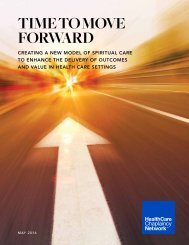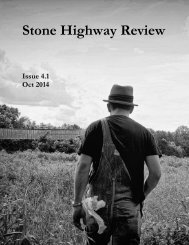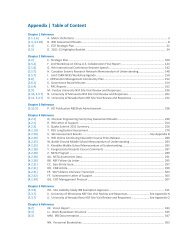Fries
Fries
Fries
Create successful ePaper yourself
Turn your PDF publications into a flip-book with our unique Google optimized e-Paper software.
ICAME Journal No. 34predicted by Halliday. 17 In most cases we still have essentially two term systems,but the frequencies range from 30–68 percent, 22–76 percent, 12–82 percent,and 31–69 percent. 18 One suspects that if we had figures separated by 25years instead of 50 or 100 years we might find frequencies intermediate betweenthose given in the table. For those intermediate time periods Halliday’s predictionsdo not work very well. One is tempted to posit two sorts of systems: thosethat are relatively stable (such as the initial and final stages of Table 4), asopposed to systems which are undergoing relatively rapid change. Halliday’ssuggestion may work for the relatively stable systems but not for the ones undergoingrapid change. In any case, <strong>Fries</strong>’s results make clear that Halliday’s suggestionconcerning frequencies needs to be examined carefully in light ofhistorical change.3.7 Corpus as information on how language is understoodFinally, let me mention one of <strong>Fries</strong>’s attitudes toward corpora that I believe isquite important to us now. Specifically, he used his corpus of conversationaldata not merely as evidence for the language that was produced. He also used itas evidence as to how what was said was understood.Corpora, particularly spoken corpora, contain examples where the speakersmake mistakes (e.g. spoonerisms), correct themselves, or pause and change inmidstream the structure being produced, etc. The linguist has no need to includethese special cases on an equal footing with other data that are more representativeof the intents of the speakers. 19 Examining the contexts in which the languageis produced and particularly the behavior of the speakers and the listeners(e.g. noting which utterances are associated with various types of repair behavior)will provide significant aid in judging which portions of the corpus are moreimportant to address first.Further, noting responses such as providing information, complying withrequests, responding to information given, etc. gives linguists information aboutthe ways the language produced was understood in context.In other words, addressing how listeners (or readers) react to and understandthe language is fully as important to corpus linguistics as looking at what is produced.Admittedly, in the case of monologic texts it is difficult to obtain participantreactions. However, even in the case of written data, at least the linguisthimself/herself is available to provide interpretations, (and it is always possibleto gather groups of readers and ask questions concerning their interpretations ofthe text.) These interpretations are critical to the use of the corpus.112








